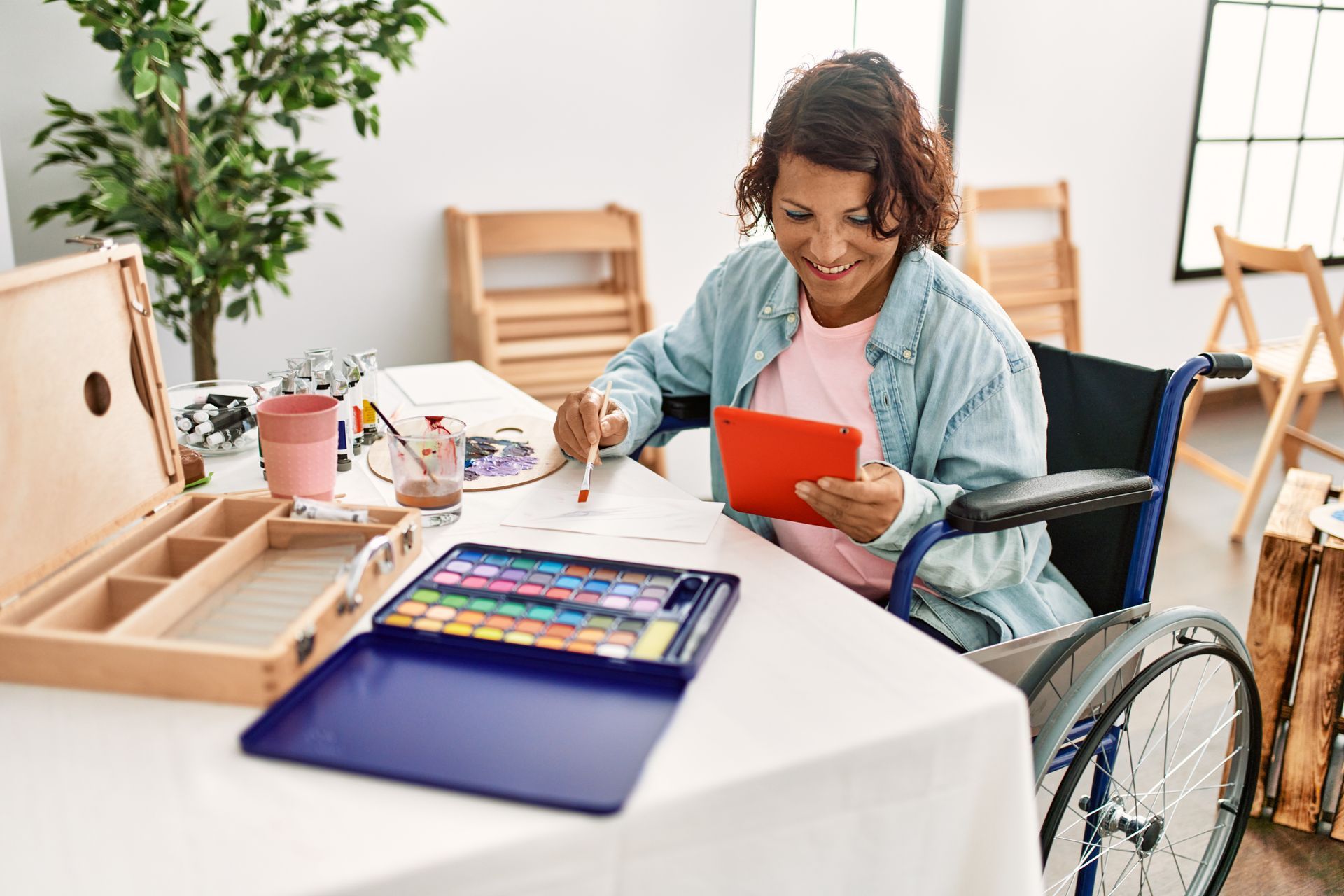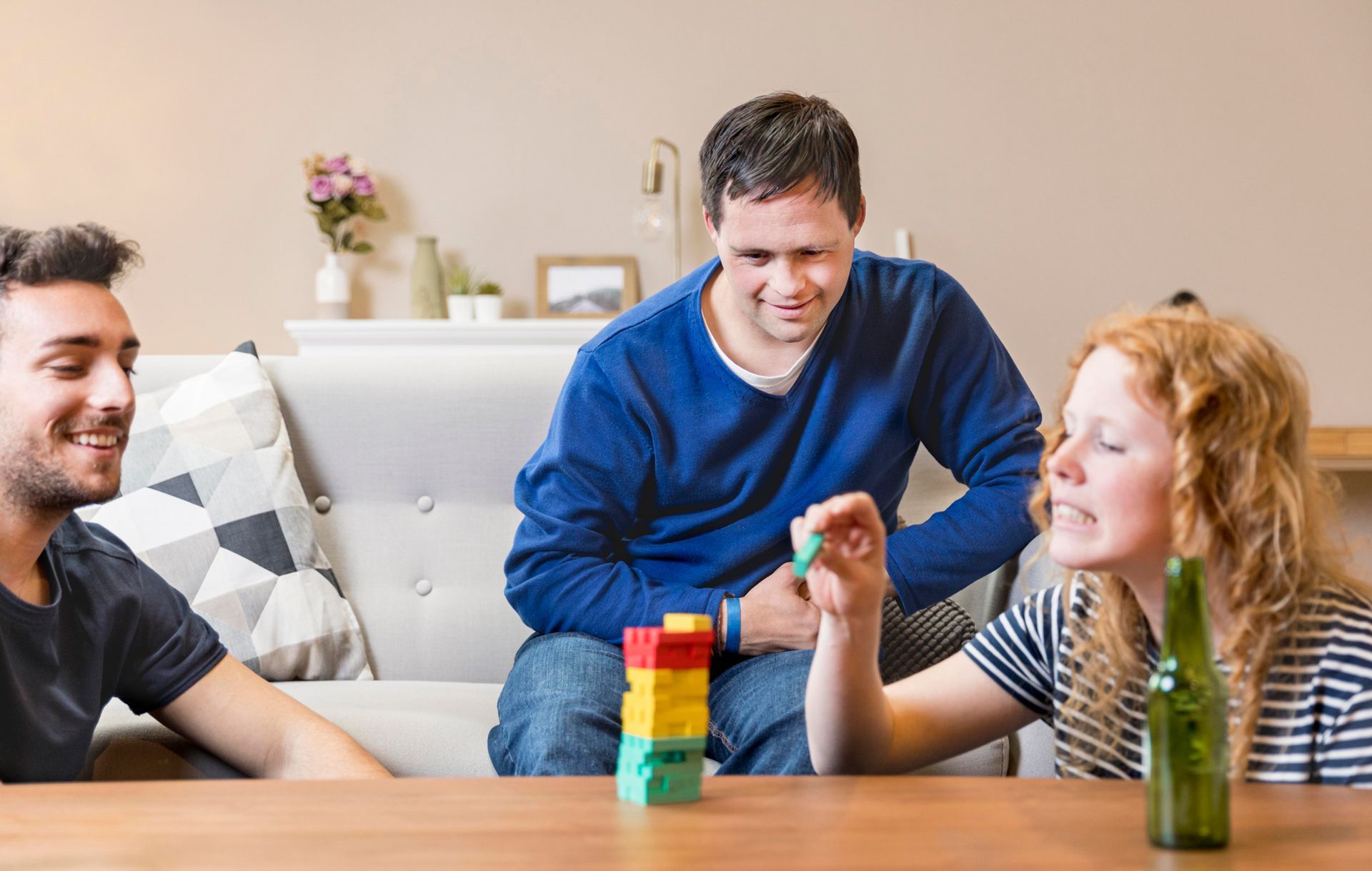Do you have a loved one who has Autism Spectrum Disorder? Perhaps you are looking for ways to support them in managing their mental health and well-being? Art therapy offers an effective and supportive environment that can help those on the spectrum express themselves in a creative, healthy, and constructive way.
In this article, we will explore what is art therapy and the benefits it offers to individuals on the autism spectrum. We’ll also look at how art is linked with autism, effective ways on how to teach art to them, as well as discuss some of the activities that are done in art therapy. By reading this blog, we hope that you gain a better understanding of how to support your loved ones with autism through art.
What is art therapy?
Art therapy is a form of therapy that aims to improve the mental health and well-being of individuals on the autism spectrum through the creative process of art making. It is a type of psychotherapy that utilises various mediums of art such as drawing, painting, sculpting and other artistic expressions to facilitate self-expression in a safe environment.
Above all, art therapy is used to process thoughts and feelings, foster self-awareness, manage problem behaviours, develop social skills, and improve life skills in general. Here at Alive4Life, we offer art therapy in Wollongong for those looking for support with autism. We also offer art therapy in Campbelltown for those who prefer to get treatment closer to the metropolitan area of Sydney.
What is the link between art and autism?
Art is not only a creative outlet to express emotions, but it also serves as an effective means to self-soothe. Individuals who have autism spectrum disorders find art as a great way to explore their emotions, develop communication skills, and practice self-regulation all while having fun.
Often, people with autism get anxious when faced with situations where social interactions and face-to-face conversations are involved. This is because they cannot process their thoughts and emotions properly.
To address this, art allowed them to express themselves creatively and communicate better with others. Art therapists suggest that instead of focusing on the artwork, people should focus on the creative process itself.
How can art therapy help individuals with autism?
Art therapy serves as a powerful tool to encourage self-expression among individuals with autism spectrum disorders. It aids in one's emotional processing and understanding of one's environment, helping them to develop life skills and offering them new viewpoints in life.
Children and individuals on the autism spectrum have unique abilities, skills, talents, and personalities. With art therapy being highly subjective, each individual is given the opportunity to explore these aspects at their own pace. As tailored interventions yield the greatest impact by aligning with each child's unique attributes, individuals with autism spectrum disorders can grow and develop without pressure.
For individuals with autism spectrum disorder, art therapy provides a safe space where they can freely express their thoughts and feelings. While each person's journey is unique, art therapy can help individuals on the spectrum gain greater self-awareness, build relationships with others, develop problem-solving skills, and express their emotions in healthy ways.
The job of an art therapist is to provide these individuals with the tools they need to cope with their emotions. As they learn to express themselves, they can gradually work towards their issues and problem behaviors in a supported space. Over time, this development will not only benefit them but also enhance their relationships with their peers and family members.
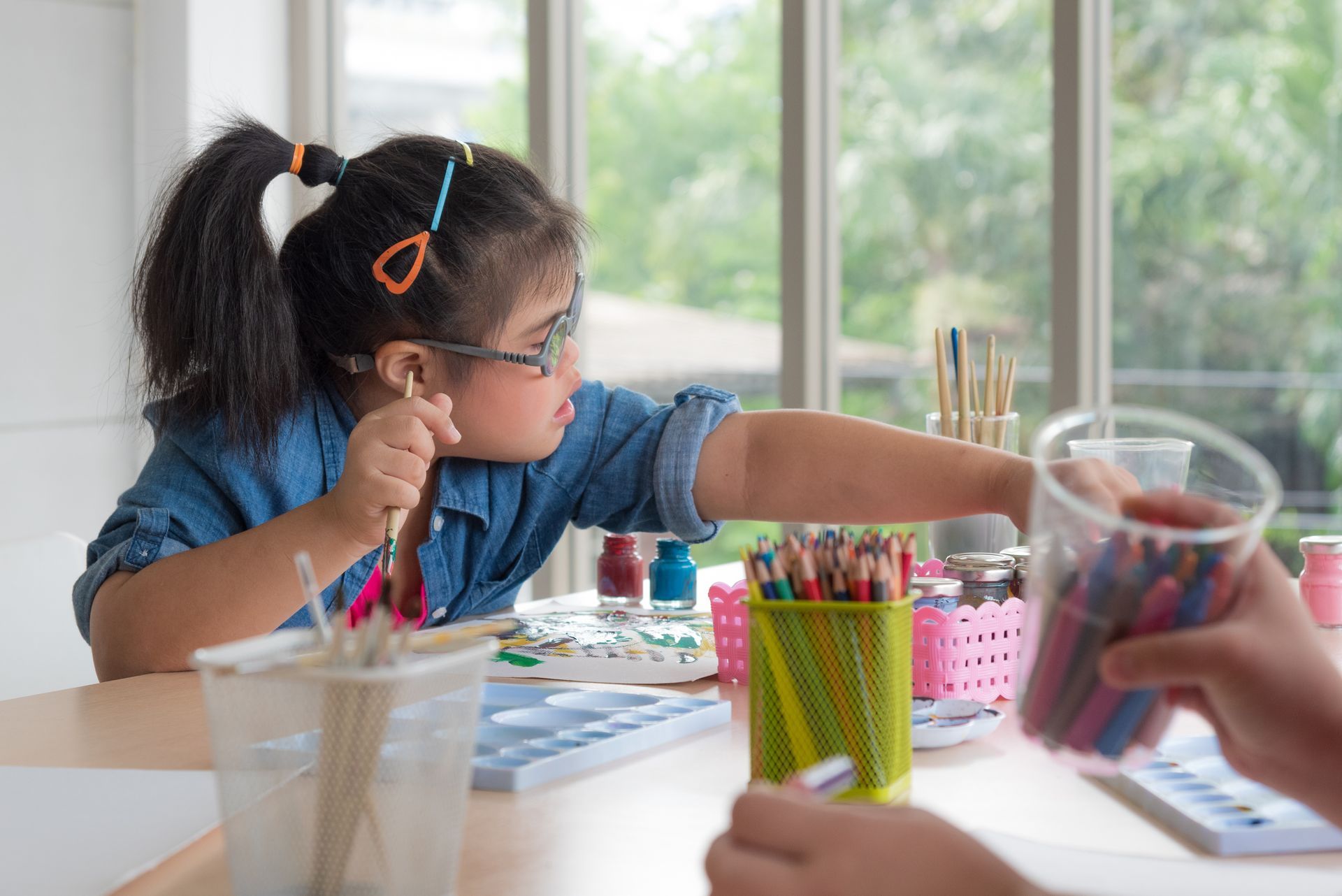
What benefits can individuals with autism get from art therapy?
Some of the benefits that Art Therapy can provide to people with autism include:
1. Emotional release
Art therapy provides a healthy outlet through which people with autism can easily express and release all their emotions, including those like sadness, anger, or fear, which they may find challenging to convey. With the help of a professional art therapist, they can enhance their emotional well-being and be able to express themselves without fear of judgment.
2. Boost self-esteem
Finishing a task no matter how big or small it may be provides a sense of accomplishment. Through art therapy, people with autism can boost their self-esteem and confidence as they engage their creative aspect to make decisions about colour selection and use various art materials in their unique visual creations.
3. Self-discovery
People with autism can truly explore and discover themselves through self-expression. Art-making can assist them in recognising and acknowledging the emotions that have been concealed in their subconscious mind. This type of therapy enables them to utilise their cognitive strength for communication through artistic media.
4. Stress relief
Art therapy has been proven to promote joy and satisfaction among people on the autism spectrum. The creative process that is involved in art therapy provides a way for people with autism to feel a sense of relief as they express their emotions and feelings. Hence, art therapists have observed lower levels of trauma, anxiety, and depression among their clients.
5. Improved cognitive function
Creative arts activities such as drawing, painting, sculpting, etc., involve individuals with autism to think of ideas, decide on a structure for their work and then use their senses to create the art itself. By engaging in arts therapy, they are able to stimulate their cognitive abilities that can further enhance their capacity to adapt to daily situations.
6. Enhanced communication skills
People with autism tend to repeat words constantly without meaning. Art therapists assist these individuals to develop their verbal communication skills through art making. By using symbols, colours, textures and shapes to communicate their thoughts and feelings, they can express themselves in more meaningful ways.
7. Improved fine motor skills
Art therapy facilitates the improvement of fine motor skills and hand-eye coordination among individuals with autism by engaging them in various art activities such as mixing colours and exploring new art materials. Based on several findings, art therapy helps reduce stereotypic movements and improves overall coordination of the hands, fingers, and the body as a whole.
8. Better social skills
Art therapy basically allows individuals on the autism spectrum to express themselves without judgment from their parents, peers, and art therapist. It also provides children with the opportunity to embrace each person's uniqueness. Furthermore, simple interactions with an art therapist can improve one's social interaction, allowing them to develop better social skills and form healthy relationships with others.
9. Increased sense of control
When a person with autism creates art, it provides them with a sense of control and empowerment as they choose their own materials and express themselves in a way that is comfortable to them. Through art, they can take over and manage their inner thoughts and feelings more effectively.
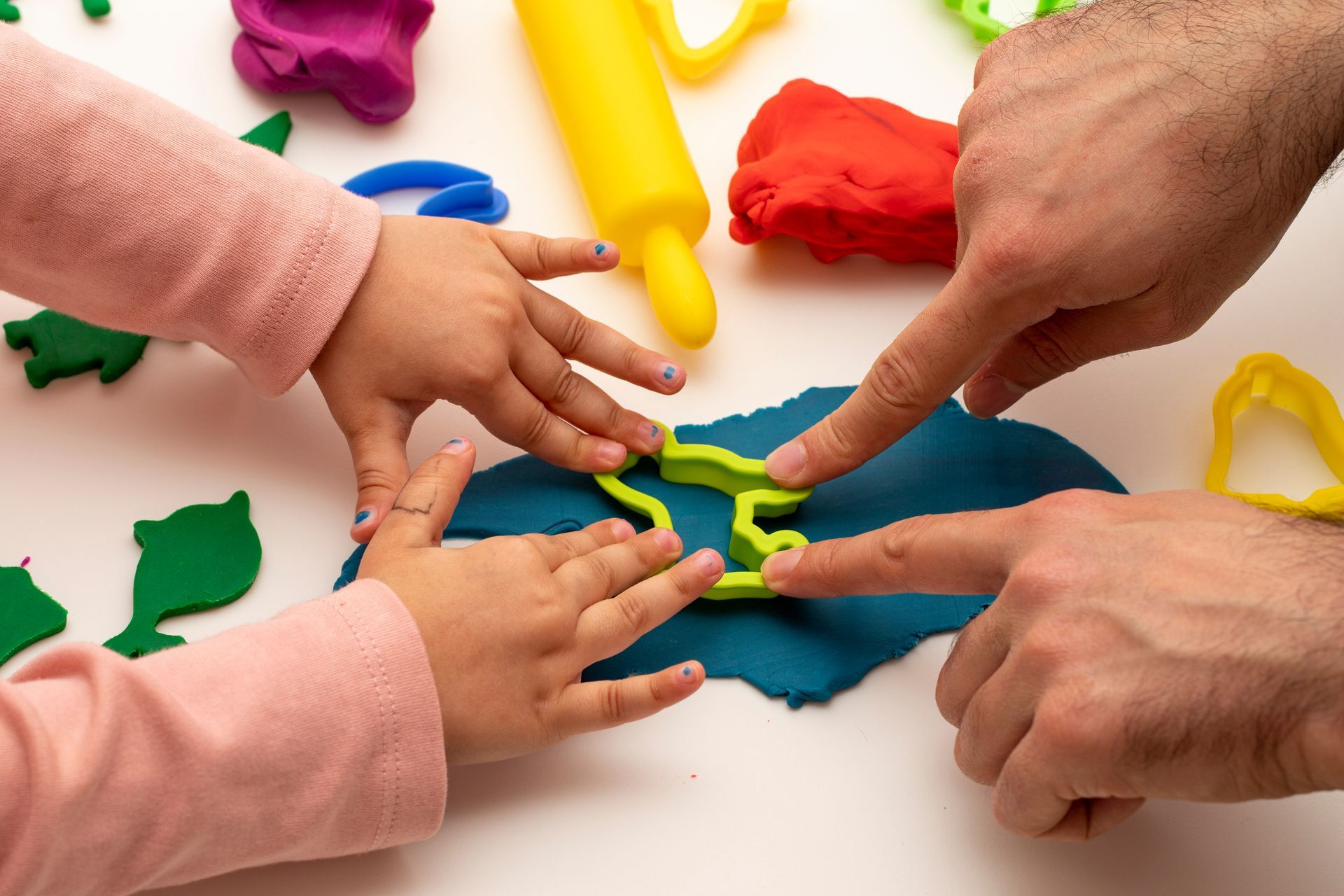
What is sensory art therapy?
Sensory art therapy consists of various art activities that involve the five senses such as sense of sight, sound, touch, smell and taste. Based on neuroscientific research and psychological theory, sensory art therapy aims to strengthen and develop an individual's sense of self by providing them with a variety of sensory play activities.
In several studies, sensory art therapy has been proven to promote brain changes associated with improved attention and cognition. Most individuals who undergo sensory art therapy have exhibited noteworthy progress in terms of their emotional awareness, communication, coping abilities, creative thinking, and sensory processing.
Among other things, sensory toys stimulate one's senses, allowing people with autism to engage more effectively through their senses, develop fine motor skills, practice eye-hand coordination, manage sensory issues, and develop self-expression.
What activities are done in art therapy?
There are several ways in which art therapists can teach art to children with autism. Some of them include the following:
Finger Painting
Aside from promoting healthy self-expression, the process of creating something either through drawing or painting is proven to boost self-confidence among children and individuals on the autism spectrum. In this approach, art therapists encourage participants to use their fingers when painting not only to strengthen finger and hand muscles but also to develop fine motor skills as well as help them with sensory integration.
Listening to Music
Research has found that listening to music is therapeutic for many individuals on the autism spectrum. Just like anyone else, music is an effective way to reduce stress and anxiety. As such, it can be used as a tool to help children with autism relax and focus on a task that they find difficult.
Dancing
Dancing to the rhythm and beats of music can help individuals with autism become more comfortable with their bodies. Since most people with autism spectrum disorder find it difficult to read facial expressions and body language, this type of art therapy can help them improve in these aspects. Through various body movements, dance enables them to convey stories or express thoughts that they cannot easily put into words.
Sand Art
Sand art is a form of sensory art therapy that uses the texture of sand to help children self-regulate. By manipulating a variety of different colours and textures, individuals on the autism spectrum can enjoyably express their creativity while learning to focus on one task at a time.
Clay Modeling
People on the autism spectrum get distracted easily because they find it hard to identify which task is more important. In simple terms, having an autism spectrum disorder may lead to difficulties with attention and focus. Through clay modeling and playdough sculpting, children and individuals on the autism spectrum can improve their concentration, focus and creative development.
Pretend Play
One of the most common goals of art therapy is to foster resilience and redirect self-stimulating behavior and repetitive patterns through pretend play. During this type of play, a child's imagination is stimulated, helping them to develop creative skills that will help improve their problem-solving abilities.
Water Play
Playing in the water not only provides a calm and soothing effect to children and individuals on the autism spectrum, but it helps them enhance their coordination and motor skills. As children glide and sway in the water, they become more familiar with their body movements and develop a sense of balance. Not only that but playing in the water with others can also help them develop social skills.
Building Blocks
Often, breaking repetitive patterns is incredibly challenging for children on the autism spectrum. Incorporating building blocks and building tools into their art activities can help them be motivated to try out new things and nurture their creative skills as well as hone their problem-solving abilities.
What disorders does art therapy treat?
Art therapy offers support to individuals of varying ages and life circumstances, extending to those impacted by distressing symptoms. In addition to these, art therapy also helps individuals with neurological, physical, and cognitive disabilities or disorders such as those who have:
- depression
- anxiety
- post-traumatic stress disorder (PTSD)
- schizophrenia
- autism spectrum disorder (ASD)
- other neurological condition
How do you teach art to children with autism?
Teaching art to autistic children requires patience and an adaptable approach. Here are some strategies to consider:
Motivate them
Never underestimate a child's potential just because of their behaviour or verbal skills. Instead, motivate them to express themselves freely through art. Provide instructions or explanations as needed to help them understand the task. Make sure it is fun and engaging, and commend their accomplishments from time to time.
Give a head start
Whether your child shows interest in music or arts, you have to get them started early on so they can develop their skills early as well. Start introducing them to music and art activities. Let them engage in these activities as early as possible so they can explore their creative side and learn more about it.
Take advantage of art therapy programs
Look for art programs in your area so your child can get started on building a foundation in art. Take advantage of this opportunity and allow them to participate and engage in activities that can help boost their potential as well as develop their overall well-being.
Provide art materials
Part of introducing art to your children is providing them with the necessary tools to start putting art into practice. Whether it's a musical instrument or art supplies, these materials are essential for them to explore and discover more about art and their skills.
Takeaway
Most people with autism struggle with social and verbal communication, whether it be understanding facial expressions, body language, or engaging in social interactions. Not only do these issues make it difficult for them to accomplish everyday tasks, but they also hinder their ability to build relationships.
With art therapy, they are provided with a unique approach to navigate these challenges without having to use words. The use of artistic media in art therapy provides individuals with autism spectrum disorder a non-verbal outlet to express their feelings and concerns in a manner that's convenient for them.
Art therapy focuses on the therapeutic process itself rather than the final art or product. By engaging in activities such as finger painting, clay modelling, dancing, and other sensory activities, people with autism can have the opportunity to gain valuable insights into their behaviours, which can be utilised to enhance their self-regulation skills.
At Alive4Life, we are dedicated to helping individuals with autism spectrum disorder explore their emotional and psychological needs through art therapy. With our compassionate guidance and support, we assist in creating a safe space for them to express themselves freely, soothe their anxiety, and develop overall self-esteem.

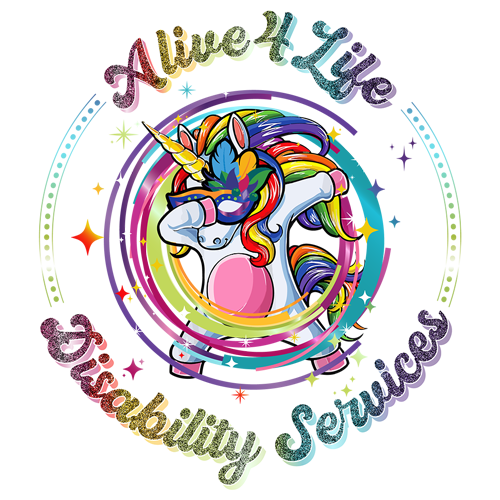
About Alive4Life
Alive4Life Disability Services provides support and services to enhance the quality of life of NDIS participants and their families across Campbelltown and Wollongong.


